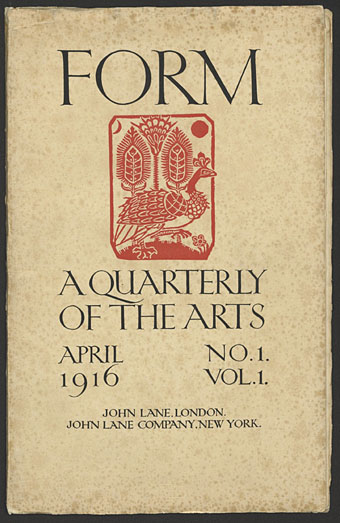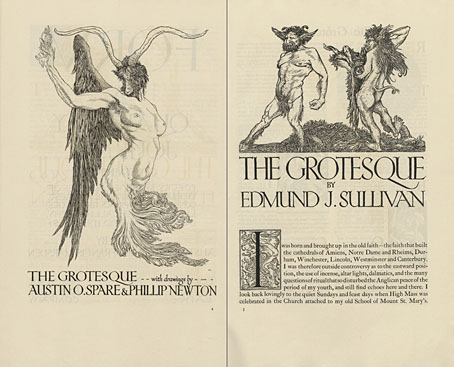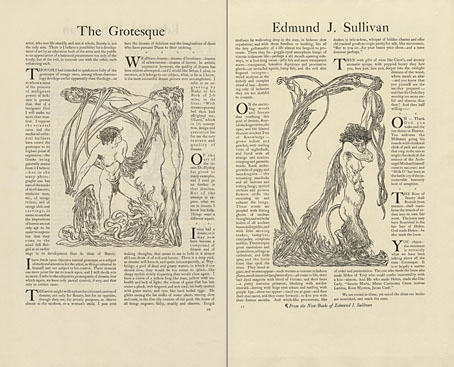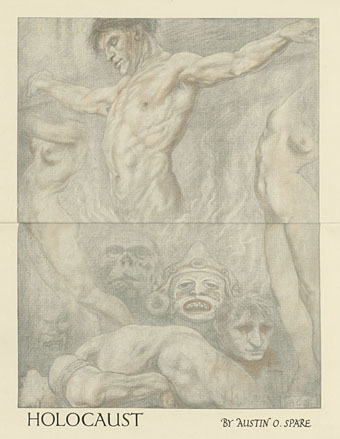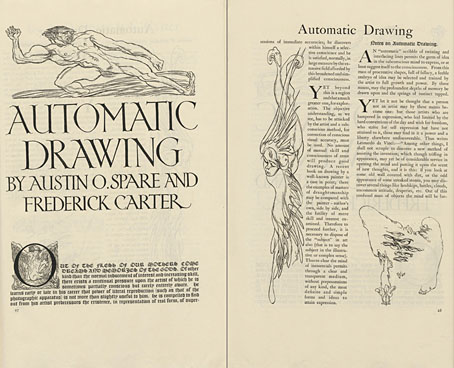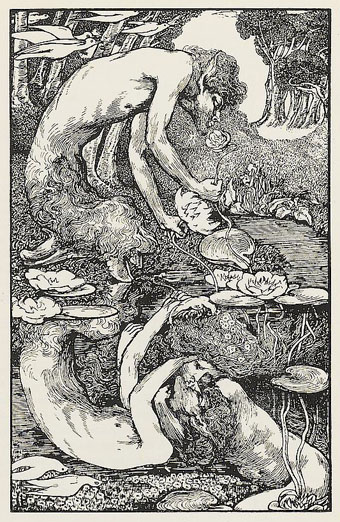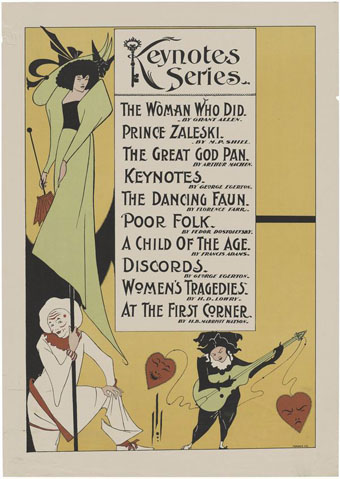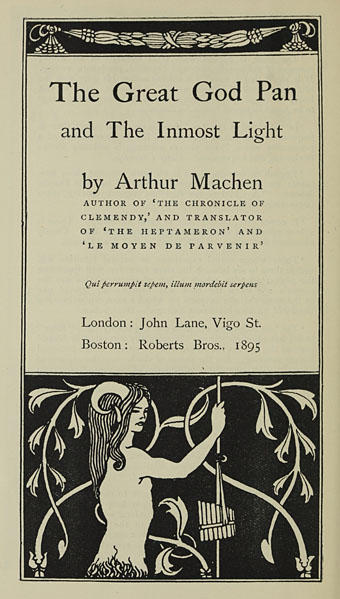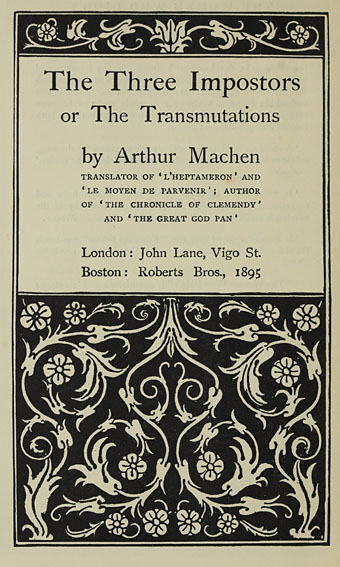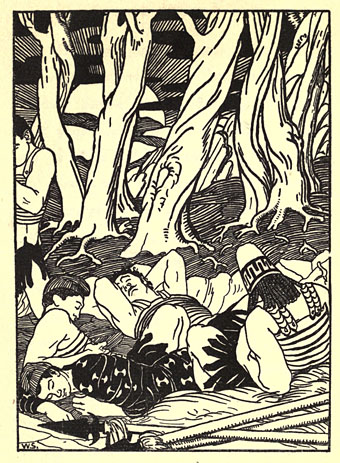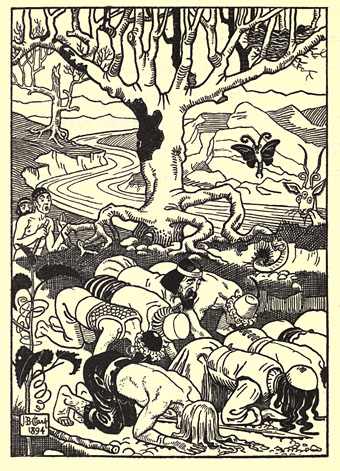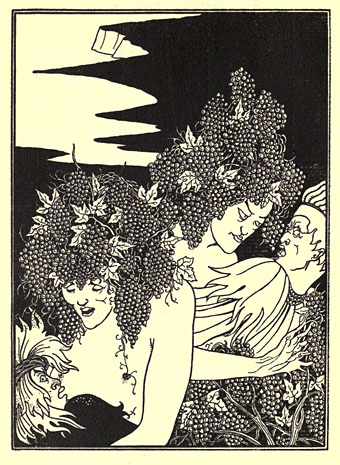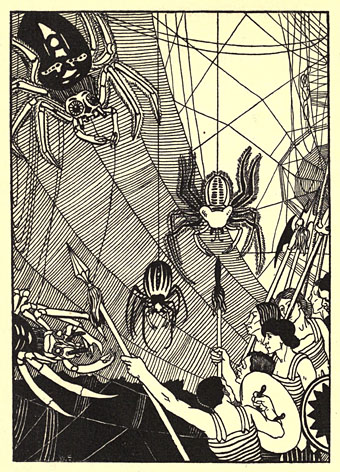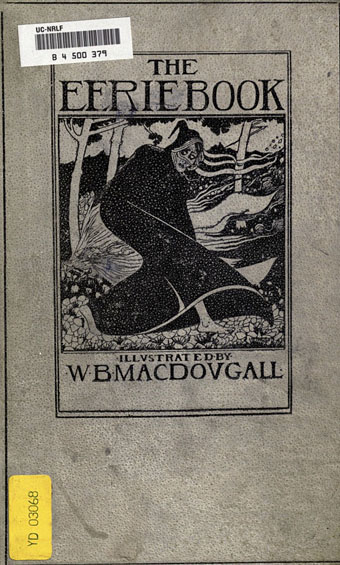
Work-wise, I’m still preoccupied with Edgar Allan Poe so I’ve been delving into the Internet Archive’s stock of scanned books more than usual. I’m not looking now for earlier Poe illustrations but a search last month turned up this collection of horror stories edited by Margaret Armour, and illustrated by William Brown Macdougall. Armour and Macdougall were married, and collaborated on several illustrated books; they also knew Aubrey Beardsley—Macdougall contributed to both The Yellow Book and The Savoy—so many of the illustrations in this volume are in the post-Beardsley manner. As Beardsleyesque drawings go they’re not as successful as, say, those of Will Bradley; some of Macdougall’s faces are rather dopey, and the cross-hatching doesn’t always work with this style of black-and-white art, as Beardsley himself discovered. But Macdougall’s drawing for The Masque of the Red Death is a better illustration than Beardsley’s own, horror not being one of Aubrey’s strengths. The Eerie Book may be browsed in full here.
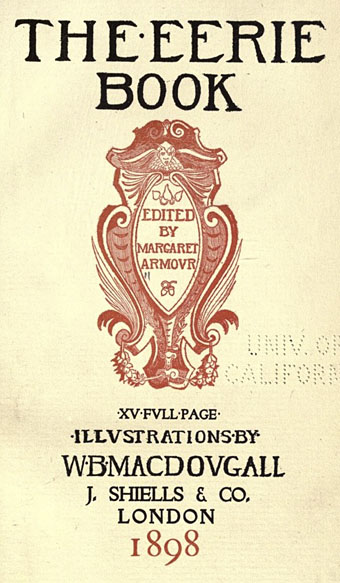
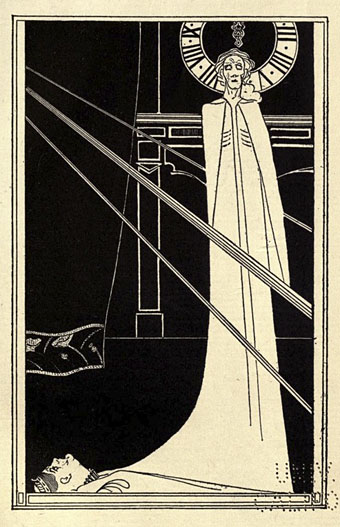
The Masque of the Red Death.
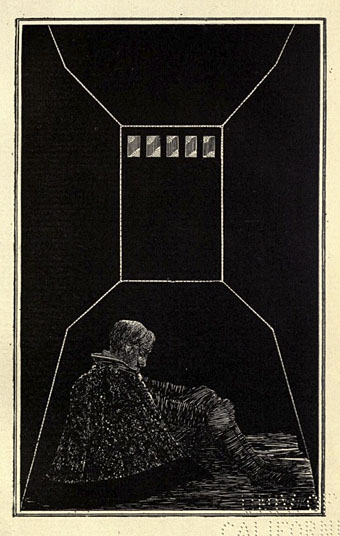
The Iron Coffin.
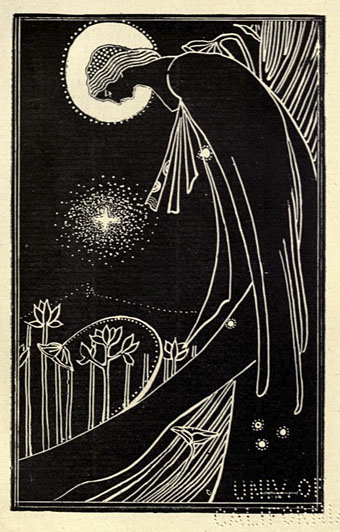
The Mother and the Dead Child.

